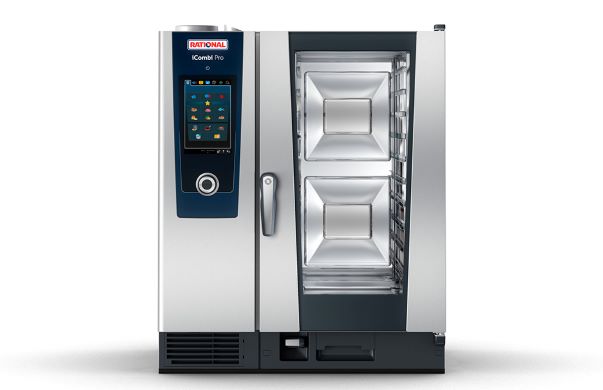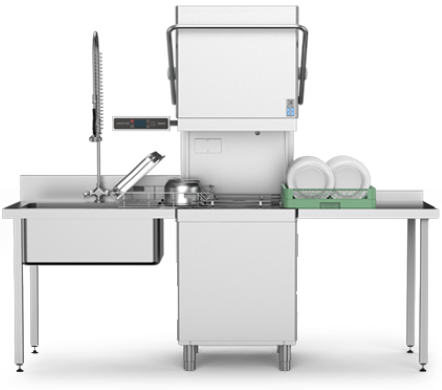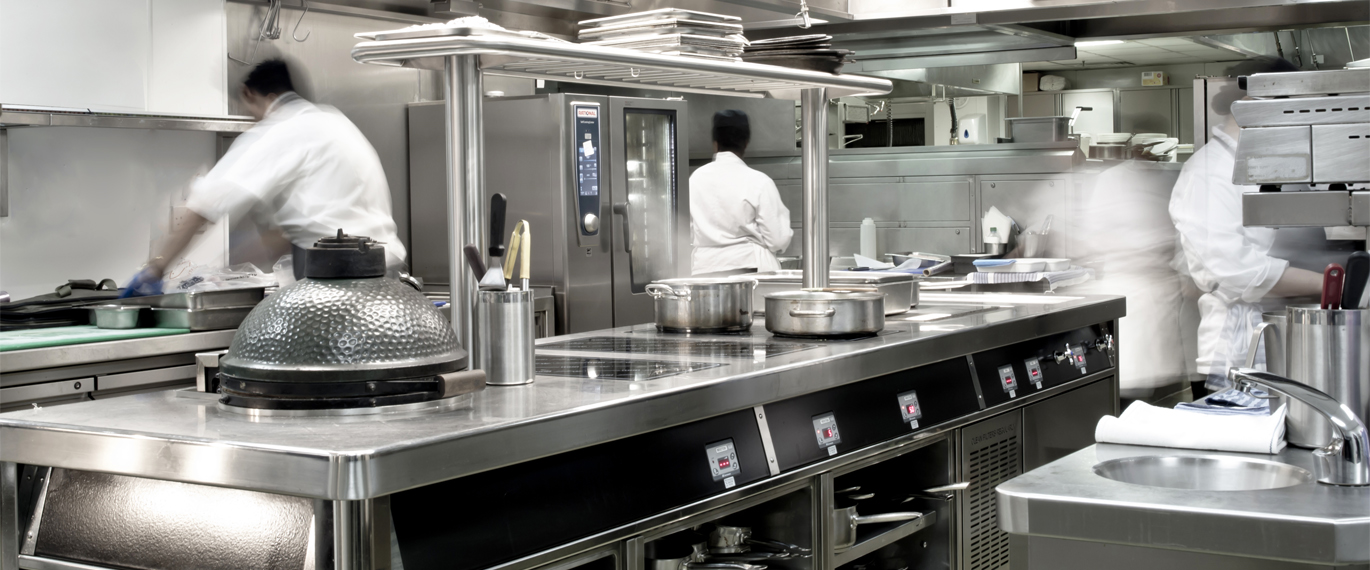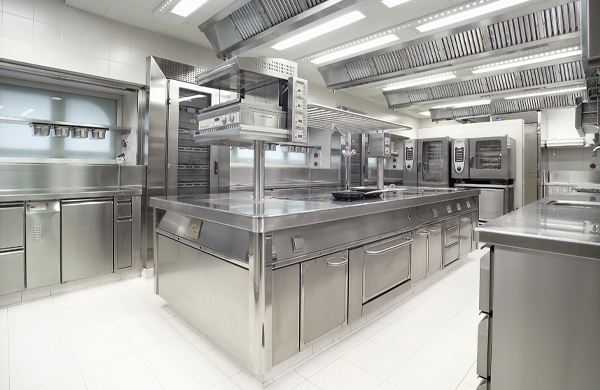Efficient Kitchen Principles
Are you a commercial kitchen operator that is continuing to struggle with rising costs such as food, energy and staffing? Are you sitting thinking that you need to make your kitchen more efficient but not sure where to start? Or not sure what an efficient commercial kitchen even is?
Our latest blog will help to explain all the principles of an efficient commercial kitchen, from equipment to energy management and design!
If you still have questions, then please don’t hesitate to contact us to see how we can help with a no-obligation review of your kitchen.
What is an efficient kitchen?
An efficient kitchen is strategically designed to enable back of house staff to work in a consistent and productive manner. The distance between workstations is kept to a minimum, food preparation is streamlined, and orders are prepared in a faster manner without having to overwork your kitchen team or equipment.
Creating an efficient kitchen allows your staff to move throughout the kitchen with ease and find what they need to prepare meals without much effort or time wasted.
But it isn’t just limited to design. It can include commercial kitchen equipment that is both energy-efficient to run and efficient to operate, saving you time.
In short, it’s about achieving maximum output, with minimum input, whether this is the design itself, or by utilising efficient kitchen equipment.
Your energy-efficient journey starts here!
Energy Efficient Commercial Kitchen Equipment
Before considering design, you can increase efficiencies within your existing kitchen by utilising energy-efficient commercial kitchen equipment.
There are many energy-efficient commercial kitchen appliances on the market today that you can consider:
- Ovens are a must in any commercial kitchen. If you have not considered a combi-oven, now is the time to do so! These ovens can cut costs by 50% by combining steam with convection, not only helping to speed up the cooking process but improve air circulation at the same time.
- Combi ovens also allow you flexibility in your menu as well as improved accuracy, less wastage and a flexible kitchen that can cater for a multitude of operations and overlapping services from breakfast to dinner.
- New models of fryers offer cooking with less oil. These often feature faster cooking options and are built with sensors that detect when you need to change the filter.
- Induction cooktops or hobs allow you to only use energy when you need it; the induction hob turns on when you place the pan on it. This keeps ambient heat down in the kitchen, is much quicker to clean and reduces your reliance on fossil fuels.
- Modern warewashing systems such as a Granuldisk machine can accommodate pots, pans, crockery, and glassware, removing the need for pre-washing, and saving energy and water.
As well as energy-saving equipment, you should also consider multi-functional equipment that can help reduce your operational costs as you have fewer units running. A great example is the Rational iVario Pro “bratt pan”, which can boil, fry, deep-fry, pressure cook and more. It can be left to cook overnight, saving you time during the day and because it is up to 4 times as fast as traditional cooking methods, requires up to 40% less energy whilst saving space!
We always use equipment that uses the most technologically advanced solutions on the market in the majority of our projects. We also make sure that all equipment specified has high eco-credentials to keep energy costs low. As well as offering monitoring and energy management solutions which have been proven to reduce energy by up to 70% on our client’s sites.
As an independent company, we have access to all major manufacturers to offer the best options on equipment for your requirements and your budget!
You should also treat ice as food. Just because it is freezing cold, it does not mean that bacteria are not present. Therefore, a quality, well-maintained ice machine will be safer for your customers. This includes the ice machine bin which needs frequent cleaning. Always follow the ice machine manufacturer guidelines!


Want to invest in the latest energy-saving equipment?
Energy Management Solutions
Creating a connected kitchen using an intelligent system can reduce your energy usage massively and enable you to introduce more energy-efficient electrical equipment by managing your connected load
In short, we can help you limit all natural or LPG gas usage within your kitchen, even in remote settings or in central city locations where power can be an issue!
There are many manufacturers offering innovative approaches that we have access to, whether it’s a complete energy management system or standalone equipment.
Click here to find out more.

Efficient Kitchen Design and Ergonomics
Rethinking your kitchen layout can be an important step to improving your efficiency in your commercial kitchen. One thing to consider is to keep the distance between your workstations and appliances as short as possible without causing strains on mobility.
Careful design planning considers ergonomics and the flow of your kitchen. The improved ergonomics can also reduce staffing levels and allow for quiet and busy periods by having a flexible design. The design basis allows for flexibility through services to grow and shrink with spaces overlapping to always optimise sections, with no wasted space.
The flow of the kitchen should not be underestimated, and we don’t just mean between prep and finishing. Multiple facets should be considered including:
- Where raw materials and packaging are delivered to, and stored.
- Where waste is stored compared to the prep and main cooking areas, preventing cross-contamination and kitchen porters interfering with busy service.
- Wash-up and warewashing areas being streamlined with the main cooking space.
- The routes for finished dishes into the designing space, and dishes being returned.
- Since the COVID-pandemic, how takeaway operations will interact with your kitchen and front-of-house (also consider the impact of delivery drivers entering the dining space).
Analysing and improving your kitchen design ultimately helps to reduce your staffing levels (we all know what a challenge recruitment is at present) and makes the staff you do have more efficient.
Need to review your kitchen efficiency design?
Hygiene, Fabrication and Core Build
One area often overlooked that can vastly improve the efficiency of your commercial kitchen is the hygienic design, fabrication, and core build. Why does it help to improve efficiency? By significantly reducing cleaning time and chemicals used!
Having a seamless, hygienic kitchen makes it extremely easy to clean during service, helping to prevent cross-contamination of allergens, raw and cooked foods. There are several design features that can make your kitchen more hygienic; these features increase efficiency, reduce cleaning times, and limit the need for harsh chemicals.
From creating fully seamless food preparation areas and cooking areas to cook suites and modular equipment with fully welded tops and plinthed flooring. All can help to prevent dirt traps and fluid ingress.
Rounded corners and monocoque chassis design also means that there are no dirt traps, helping to create a truly hygienic kitchen.

Need help creating an efficient commercial kitchen?
We hope this blog has been useful to help you understand how you can make your commercial kitchen more efficient. You can make any kitchen more efficient, whether it’s a brand new kitchen to design, or an existing kitchen to be upgraded.
If you need any assistance, please do not hesitate to contact us below and we will provide a no-obligation review of your kitchen efficiency.

